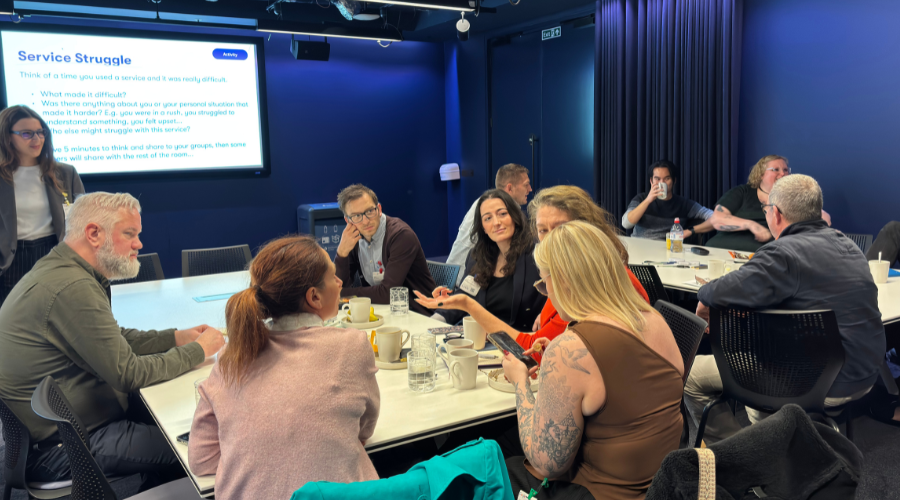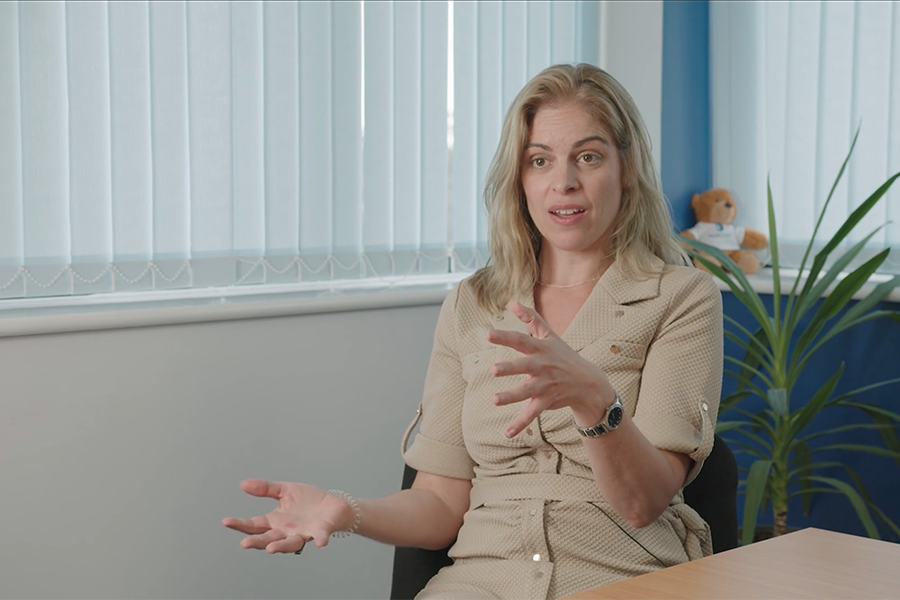Utility debt collection: identifying and solving system challenges
Here are the top five collections system-related challenges. If you recognise these obstacles and inefficiencies, it may be time to consider your options for change.
1. Data is all over the place
Many utility collection teams are stuck with old computer systems that just aren't good at handling customer information, billing, and payments.
These older systems aren't flexible enough to keep up with new rules or how customers act now. And, it's really hard to combine information from different places, like smart meters, customer websites, and payment systems.
This makes collecting debts much more difficult.

2. You can't get real-time information or smart predictions
Utility companies may not have up-to-the-minute information about how much customers are using, when they pay, or their financial situation. This makes it difficult to manage debt proactively.
Without accurate and current details, it's tough to spot customers who might struggle to pay and step in quickly to help.
Also, using predictive analytics, which helps guess what customers might do and if they'll have payment problems, is hugely underused in the industry.
3. Personalisation is very limited
Communicating effectively with customers is key to stopping and fixing debt problems. But many utility companies find it hard to send clear, timely, and personal messages through all the different channels customers use.
If you don't have one central place to manage all your communication methods, it's especially tough to make sure messages are the same across every channel.
On top of that, utility prices and billing information can be really confusing for customers. This often leads to them paying late or arguing about their bills.
4. Staff are swamped with mundane tasks

Many utility companies still rely heavily on manual ways to collect debt.
This often leads to mistakes, delays, and inconsistencies, which slows down how effectively they can recover money owed.
It's crucial to have an automated system that can handle everyday tasks like sending reminders, processing payments, and escalating cases when needed.
5. You're at risk of breaking the rules
The utility industry has strict rules about how companies can collect debts, especially from customers who are struggling.
It's tough to make sure you're following all these rules while still trying to collect what's owed.
Companies need to be flexible and quick to react to new regulations, which is hard with old or inflexible collection systems. This also means they need ways to monitor, report on, and check their debt collection activities to make sure they meet legal requirements.
Moving forward – utility debt management up for the future
There are two main ways to fix system problems in utility collections.
One choice is to work with a collections software provider to tackle your biggest issues first.
This might mean adding a digital self-service tool so customers can handle things themselves, freeing up your staff from everyday tasks.
You could also improve how you manage customer affordability, using automation for income and spending assessments and follow-ups.
The second option, which you'll likely need to do sooner rather than later, is to replace your core collections system entirely.
Luckily, with cloud software, you can avoid a sudden, disruptive changeover.
Migrating to a new system can be carefully managed to minimise impact on your daily work.
With new software delivery methods, you'll see a quick return on your investment, get new features fast, and see better results right away. Plus, cloud software is easy to update, so future improvements will be simple and won't cause much disruption.
However you choose to overcome your particular system challenges, Flexys can help you find a solution that suits your organisation.






